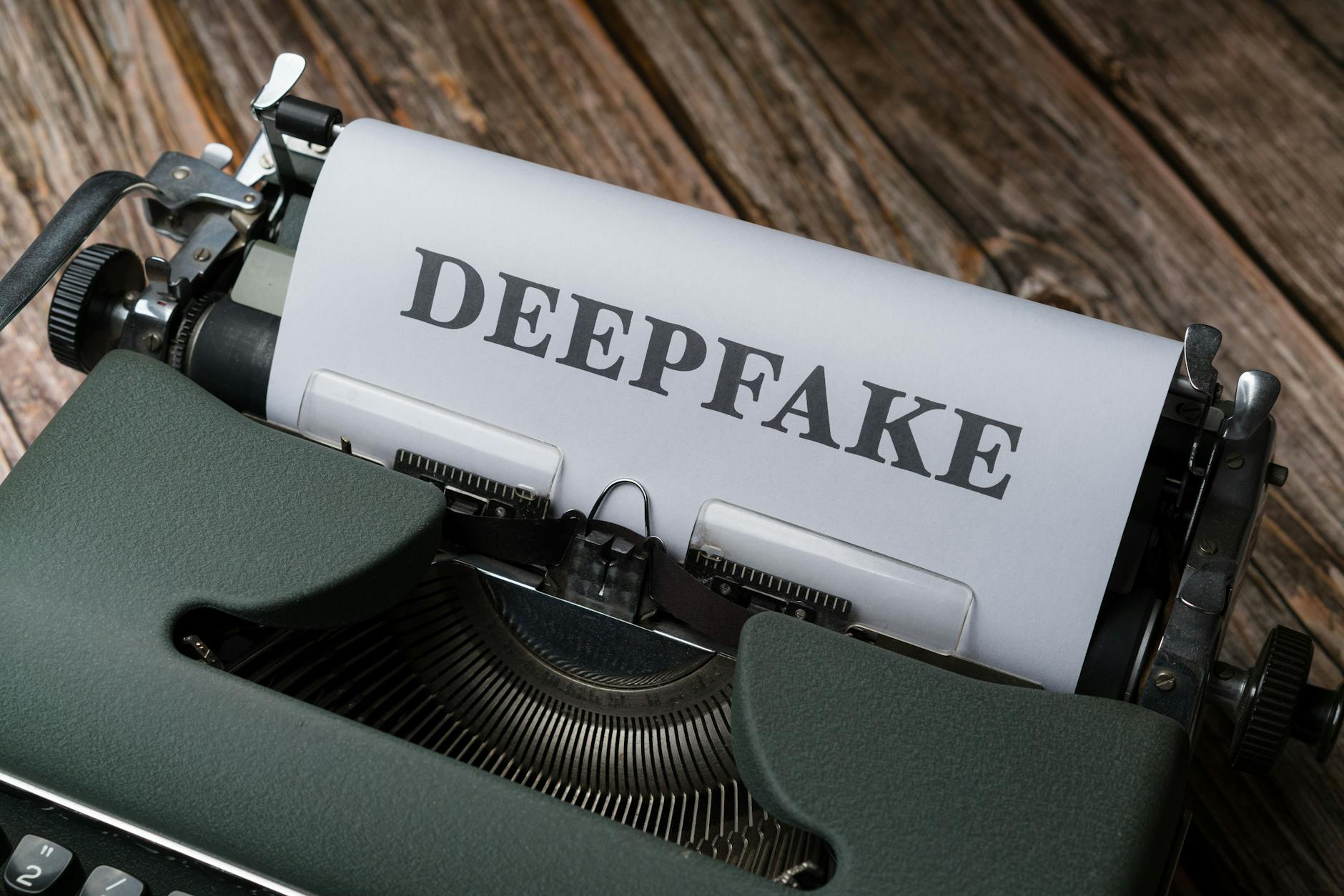The rise of deepfake technology has brought a new wave of challenges when it comes to identifying authentic content online. Deepfakes are computer-generated images, videos, or audio recordings that can be incredibly realistic and difficult to distinguish from real ones, often used to spread misinformation or deceive viewers. In this ultimate guide, we will explore different techniques and tools to help you detect deepfakes and protect yourself from falling victim to AI scams.
Understanding Deepfakes
—
Before diving into how to detect deepfakes, it’s essential to understand how they are created. Deepfakes are generated using artificial intelligence algorithms that analyze and manipulate existing videos, images, or audio recordings to create realistic but entirely fabricated content. These algorithms can seamlessly blend faces, voices, and actions to produce highly convincing deepfake media.
Common Signs of Deepfakes
—
While deepfakes can be challenging to spot with the naked eye, there are some common signs that can help you identify potentially fake content. Look out for discrepancies in facial expressions, inconsistencies in lighting and shadows, unnatural movements, and distorted features. Pay attention to details like blinking patterns, facial symmetry, and lip-sync accuracy, as these can often give away a deepfake.
Spotting Audio Deepfakes
—
Audio deepfakes, also known as synthetic audio, are manipulated recordings that use AI to replicate someone’s voice or create entirely new speech patterns. To detect audio deepfakes, listen carefully for anomalies such as unnatural pauses, robotic speech patterns, or mismatched background noises. Using audio analysis tools can also help you identify discrepancies in voice timbre, pitch, and cadence that may indicate a fake recording.
Tools for Detecting Deepfakes
—
As deepfake technology continues to evolve, so do the tools designed to detect and combat it. Several online platforms and software applications offer deepfake detection services, such as Deepware Scanner, Sensity, and Microsoft Video Authenticator. These tools use advanced algorithms and machine learning techniques to analyze media files for signs of manipulation and provide users with insights into the authenticity of the content.
Human Expertise and Critical Thinking
—
While technology plays a crucial role in detecting deepfakes, human expertise and critical thinking remain essential in the fight against AI scams. By staying informed about the latest deepfake trends and developments, you can better equip yourself to identify suspicious content and protect yourself from falling victim to misinformation. Trusting your instincts and questioning the authenticity of online media can also help you avoid being deceived by deepfake scams.
Conclusion
—
In an era where the line between reality and fiction is becoming increasingly blurred, learning how to detect deepfakes is more important than ever. By familiarizing yourself with the common signs of deepfakes, leveraging advanced detection tools, and relying on your critical thinking skills, you can stay one step ahead of AI scams and safeguard yourself against deceptive content online. Remember, in the age of deepfakes, vigilance is key to protecting yourself and others from falling prey to misinformation.



